ALLELOPATHY
"MOST garden landscapes are well-stocked with plants. But unlike natural habitats, species competition is controlled by the gardener's conscientious pruning, thinning and spacing of specimens. Plants are set in such a way as to avoid casting shadows; or grouped to create
needed shade. Plentiful and uniformly distributed supplies of water and fertilizer meet the
needs of each plant. Below ground, roots may encroach on neighboring plants' growing space,
but can be controlled if, in so doing they cause noticeable harm.
In the wild, competition between species can be fierce--a fact seemingly contradicted by the
apparent tranquility of a cool, shady forest. Especially when limited resources are at stake,
plants in densely crowded populations are engaged in a life-and-death struggle to obtain their share.
A direct solution to the problem of sharing limited resources is the use of chemical means to
eliminate competitors, of the same or unrelated species. Such is the case with allelopathy which is only effective in regions of low rainfall where germination inhibiting chemicals are
able to accumulate in the soil around the defending plant.
In communities of mixed species, some inevitably assume dominant roles because of the relatively large space they occupy, greater use of soil water and mineral supplies, and their
interception of most direct light. But dominant species pay a price for such favors when they
receive the full impact of the environment's destructive forces, especially the damaging effect
of wind. Sub dominant species, adapted to existing with a lesser share of community resources, enjoys the protection given by their more vigorous competitors.
Despite being sub-dominant in a community, some species overcome competitive pressures by use of modified stems, leaves, and roots--organs cleverly adapted to reach bright light, absorb and store water in unusual ways, or exploit unconventional sources of minerals.
Many such structures are familiar parts of horticultural species".
Information from: Botany for Gardeners, by Brian Capon, Timber Prees 1990
All one needs to know regarding Botany is found in this wonderful book, I recommend it.
needed shade. Plentiful and uniformly distributed supplies of water and fertilizer meet the
needs of each plant. Below ground, roots may encroach on neighboring plants' growing space,
but can be controlled if, in so doing they cause noticeable harm.
In the wild, competition between species can be fierce--a fact seemingly contradicted by the
apparent tranquility of a cool, shady forest. Especially when limited resources are at stake,
plants in densely crowded populations are engaged in a life-and-death struggle to obtain their share.
A direct solution to the problem of sharing limited resources is the use of chemical means to
eliminate competitors, of the same or unrelated species. Such is the case with allelopathy which is only effective in regions of low rainfall where germination inhibiting chemicals are
able to accumulate in the soil around the defending plant.
In communities of mixed species, some inevitably assume dominant roles because of the relatively large space they occupy, greater use of soil water and mineral supplies, and their
interception of most direct light. But dominant species pay a price for such favors when they
receive the full impact of the environment's destructive forces, especially the damaging effect
of wind. Sub dominant species, adapted to existing with a lesser share of community resources, enjoys the protection given by their more vigorous competitors.
Despite being sub-dominant in a community, some species overcome competitive pressures by use of modified stems, leaves, and roots--organs cleverly adapted to reach bright light, absorb and store water in unusual ways, or exploit unconventional sources of minerals.
Many such structures are familiar parts of horticultural species".
Information from: Botany for Gardeners, by Brian Capon, Timber Prees 1990
All one needs to know regarding Botany is found in this wonderful book, I recommend it.
IN MEMORIAN
LUIS R. ACOSTA ANDINO
IRS EMPLOYEE, ATTORNEY
COWORKER
YOUR SENSE OF HUMOR
PRIDE
SMILE
ELEGANCE
HUMAN SPIRIT
REMAINS
LUIS R. ACOSTA ANDINO
IRS EMPLOYEE, ATTORNEY
COWORKER
YOUR SENSE OF HUMOR
PRIDE
SMILE
ELEGANCE
HUMAN SPIRIT
REMAINS


















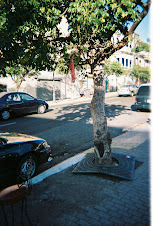-25.jpg)
-24.jpg)
























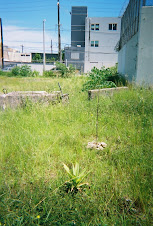




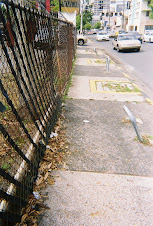

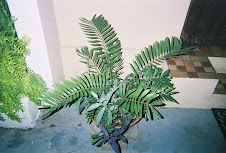




-22.jpg)
-25.jpg)
-24.jpg)






-16.jpg)
-13.jpg)
-08.jpg)
































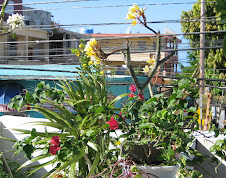
















No hay comentarios:
Publicar un comentario